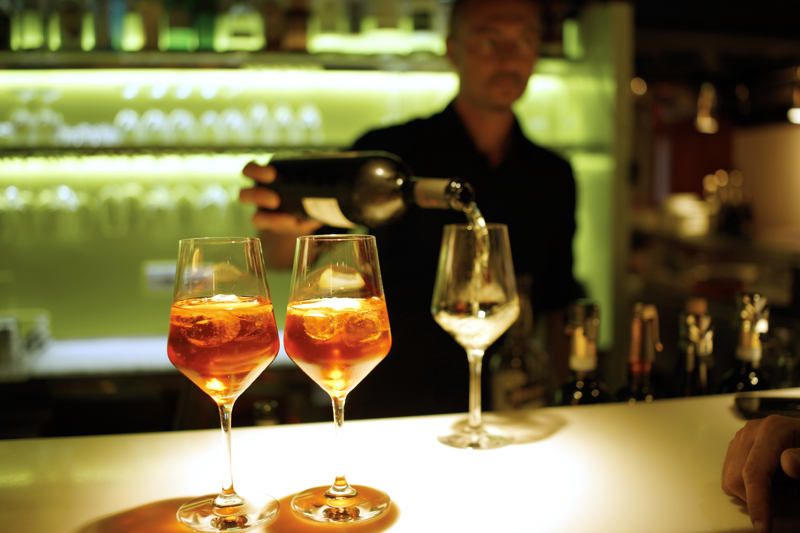On the Beat
Episode #3 of the course Easy exercises to upgrade your photography by Tom Ang
Hello!
I hope you enjoyed photographing with the restriction of your zoom. Did you discover the advantages of not fiddling with the zoom control? When you add discipline to the versatility of the zoom, you’re already a long way toward mastery of camera technique.
Today, we’ll look at a different dimension of technique: time.
Cameras need a short time to respond to the press of a shutter button before they make the shot—this is shutter lag. The interval can be as long as fifth of a second or as short as 50th of a second. Whatever it is, you need to have a feel for it with your own camera and the mode you use most often.
Lagging Behind
From a safe position on the pavement/sidewalk, pick a suitable tree or lamp post on the other side of a fairly busy road as your marker. Start with a marker diagonally opposite you, frame so it’s in the middle, and set a normal focal if you have a zoom. Now wait for a vehicle to pass. Some advice:
1. Make the exposure so the front of the vehicle just clips the marker: You want the front of the vehicle to overlap the marker—so no gap between vehicle and marker—but you still need to see the marker. Take a few, then pause and check the results. Adjust if necessary: Release a little earlier or a little later to perfect the timing.
2. As you get better at this, choose markers directly opposite you and work with faster-moving traffic.
You’ve Got Rhythm
Do you remember the moment in The Good, The Bad, and The Ugly, when the Clint Eastwood character is having a bath and hears some gunfire in the distance? From the rhythm of the shots, he knows the shooter is a professional. The shutter sounds of a practiced photographer have a similar, purposive pattern: rapid when needed, slow and steady when the action eases up.
This exercise will help you get into “the flow” of exposing. The idea is to shrink the gap between thinking and photographing. That’s why it’s important to master the shutter lag first. Set the camera to Single Shot; don’t use Continuous to take several shots in a row.
• Get yourself a willing friend to pose for you. Anyone will do, but ideally, they are models, actors, or dancers, as they are used to moving to command. You can shoot anywhere, in any light. The idea is to catch a range of positions as they develop in front of you.
• Ask your model to move very slowly and smoothly to change their hand, arm, head, and body positions as if talking and gesticulating in slow motion. Fire off shots as your model moves: Try to obtain expressive positions or compositions. Keep shooting as they move; don’t ask them to pause. It’s up to you to catch the moment.
• As you get used to this, ask your model to move a little more quickly: faster than before, but not full normal speed. Start with normal gestures, but they can grow bigger and become more like dance movements. Keep shooting.

This exercise is perfect for preparing you for action photography of all kinds. It sharpens the eye and hand wonderfully.
Tomorrow, we’ll talk about “correct” exposure.
Have fun!
Source of inspiration
Lois Greenfield: Matchless beauty of moment caught by a total understanding of timing and superb studio technique.
Recommended book
Share with friends

